Facing Huawei and Xiaomi, the moat of NIO, Li Auto, and XPeng is disappearing
![]() 03/24 2025
03/24 2025
![]() 692
692
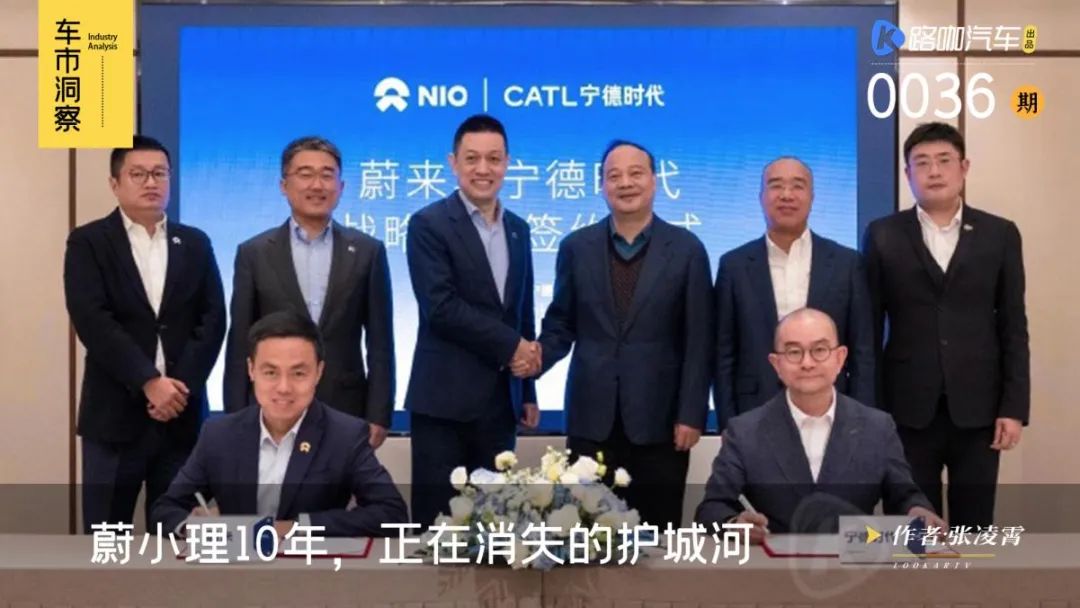
On March 21, NIO delivered its 2024 financial report, the latest among "NIO, Li Auto, and XPeng". Like Li Auto and XPeng, NIO's 2024 performance can also be called "the strongest ever", with both operating revenue and deliveries hitting record highs.
The financial reports of these three companies reveal both highlights and breakthroughs, as well as regrets and deficiencies. In 2024, as brands like HarmonyOS Smart Mobility and Leap Motor gained momentum, the once powerful trio of NIO, Li Auto, and XPeng now find themselves at a crossroads.
As Li Bin said at the financial report conference, "I believe our financial resources are sufficient to support normal operations for the next 12 months." The next 12 months are crucial because the market landscape will not only be reshuffled but may also be NIO's last chance to return to the top three new force auto companies.
Both Li Xiang and He Xiaopeng have stated that the coming years will be a brutal knockout competition. Li Xiang once said that only eight mainstream auto companies will remain in ten years. He Xiaopeng recently predicted that "the number of surviving auto companies will be seven or fewer."
Whether it's Li Auto with tens of billions of cash on hand or NIO and XPeng still incurring losses, they all faced the situation of increasing revenue but not profit in 2024. The intensification of the knockout competition is not alarmist, and even the prediction of "only eight companies remaining in ten years" is optimistic.
The moat of NIO, Li Auto, and XPeng is no longer solid
Regarding the increase in revenue but not profit in 2024, Li Auto explained it as a decrease in average selling price due to changes in product mix and financial discounts. In fact, when everyone is offering extended-range vehicles, the dividend of extended-range no longer exists. In the past year, Li Auto adjusted prices multiple times to maintain market share. Financial report data shows that in 2022, the average price per vehicle of Li Auto was 331,000 yuan, which fell to 268,700 yuan in Q4 2024, the lowest on record.
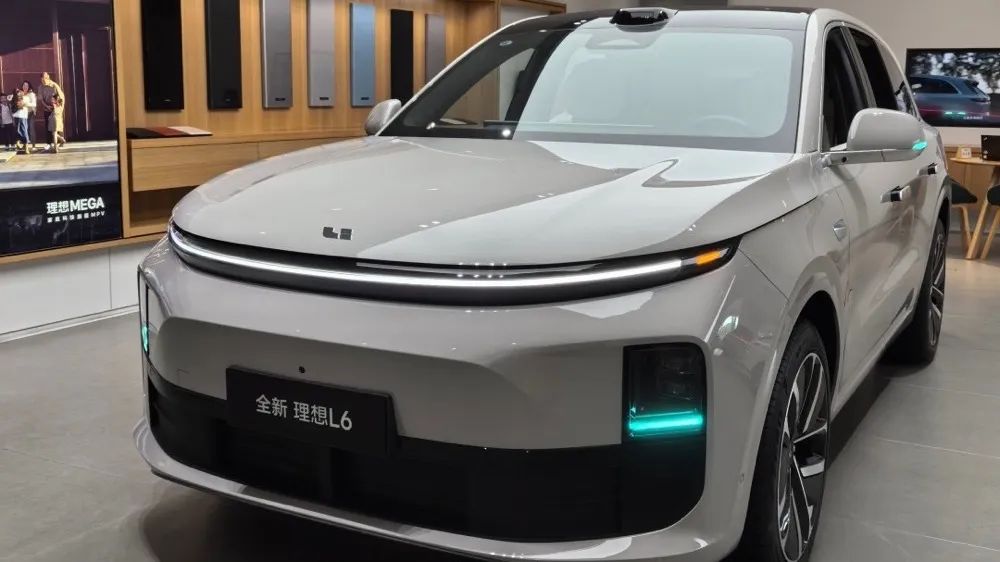
XPeng is also facing the same situation, with the average price per vehicle falling from 254,000 yuan in Q1 2024 to 162,000 yuan in Q4. The main reason for this is the popularity of the 150,000-yuan model XPeng MONA M03. Sales data shows that MONA M03 accounted for up to 41.6% of total sales.
In August last year, XPeng MONA M03, which "brought high-level intelligent driving to within 150,000 yuan for the first time," quickly captured the market with its two major advantages: AI and low price.
The popularity of XPeng MONA M03 and P7+ made XPeng the top-selling new force auto company for two consecutive months this year.
Net profit in 2024 increased by 41.3% year-on-year to a record high, and gross margin improved from -3.9% in 2023 to 15.3% in 2024. This indicates that cost control has achieved significant results. However, the net loss in Q4 still expanded to 1.808 billion yuan from the previous quarter. This suggests that due to the average price per vehicle and insufficient scale effects, XPeng is still far from profitability.
Entering 2025, BYD sparked a wave of intelligent driving for all, and automakers like Changan, Geely, and Chery followed suit, making high-level intelligent driving a standard feature, even at low prices. When everyone can claim technological equality, intelligent driving is no longer a unique label of a particular brand. Will XPeng's "AI + low price" strategy bring sufficient growth in 2025? "Moving upwards" will be a necessary choice for XPeng. At a recent financial report conference, He Xiaopeng said that they would cover the price range of 100,000 to 500,000 yuan.
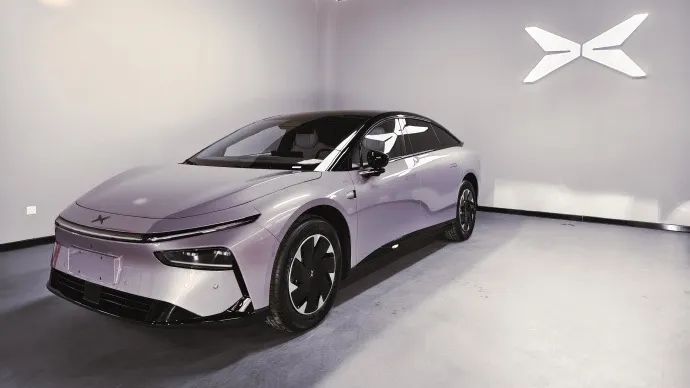
In the past two years, it has been widely recognized that it is increasingly difficult to sell pure electric vehicles. Adding the word "high-end" in front makes the difficulty rise exponentially.
In 2024, NIO's two brands, NIO and Ledao, achieved sales of over 220,000 vehicles, a year-on-year increase of 38.7%. With the increase in deliveries and the relative stability of terminal prices, NIO's gross margin for vehicles improved to 12% in 2024. At the same time, losses also reached a record high, with a net loss of 22.4 billion yuan, an increase of 8.1% year-on-year.
The reason is simple. The sub-brand Ledao invested heavily in sales channels, battery swapping systems, and other aspects in the early stages. However, Ledao, which was supposed to carry the volume sales task, did not show significant improvement in sales.
On different occasions in the past, Li Bin emphasized that the "Battery as a Service" ecosystem built by battery swapping is a high-quality asset and even a moat for NIO, enabling it to occupy a place in the high-end pure electric vehicle market. However, when consumer downgrading meets the shrinking high-end pure electric vehicle market, the battery swapping system, deployed ahead of time to sell cars, poses a huge challenge to costs and efficiency.
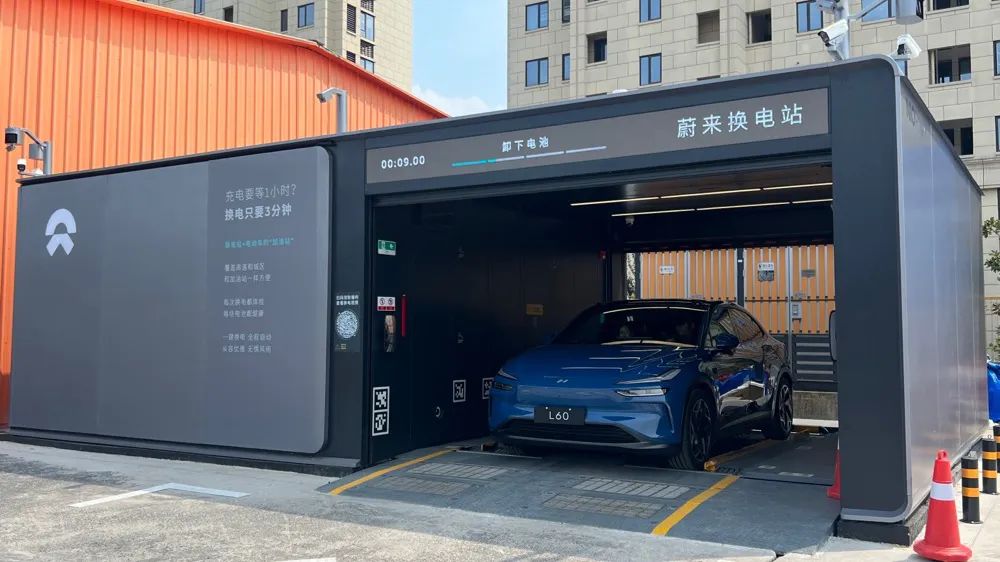
However, Li Bin also revealed at the financial report conference that the principle in the network construction of battery swapping stations is to collaborate with partners' resources, "without occupying too many capital expenditures."
The dividend is disappearing, and this is true for each of NIO, Li Auto, and XPeng. The upcoming competition will be a real showdown: sales scale, free cash flow, and only these can convince people that a brand can survive.
Li Auto learns from Huawei, while NIO and XPeng should learn from Lei Jun?
From a financial report perspective, the key milestones for new force auto companies are nothing more than a few critical stages. With the increase in sales and gross margin, operating cash flow begins to turn positive, and net profit reaches breakeven or even incurs a slight loss. Then, quarterly profitability is achieved, and free cash flow steadily rises. When a company holds tens of billions of cash on hand in its annual report, and free cash flow accounts for a high proportion, a positive cycle will form between technology investment and product competitiveness. Only then will the outside world believe that a company has escaped the life-and-death struggle and can survive well.
Li Auto, which was the first to achieve profitability, has also gone through these stages. In July 2023, Huawei launched the AITO M7, which was positioned similarly to Li Auto's Li ONE but had a starting price 30,000 yuan lower. Li Xiang admitted that they were directly crippled. "HW's (Huawei's) superior capabilities directly caused the sales of Li ONE to collapse and production to be halted early, resulting in a loss of over a billion yuan in a quarter and the departure of a large number of product experts working on the front lines."
During the trough period of "diving" sales, Li Auto chose to fully learn from Huawei, upgrading its organizational structure to a matrix organization.
What happened subsequently is clear to us. Li Auto quickly launched the L8 and L7 models. With more precise configurations and positioning, it also became more efficient in supply chain and channel management. Reflecting in sales, Li Auto was the first to break through the 30,000-vehicle monthly sales barrier, securing the top position among new force auto companies.
In 2022, XPeng G9 received a large number of negative reviews due to pricing and SKU errors, leading to a significant decline in sales and a plunge in share price like a roller coaster.
Lei Jun's remark, "You only want to be the chairman but not the CEO," awakened He Xiaopeng. After a profound epiphany, he said, "As a founder, you must truly understand and personally manage the supply chain. Not understanding or not personally managing it will not work."
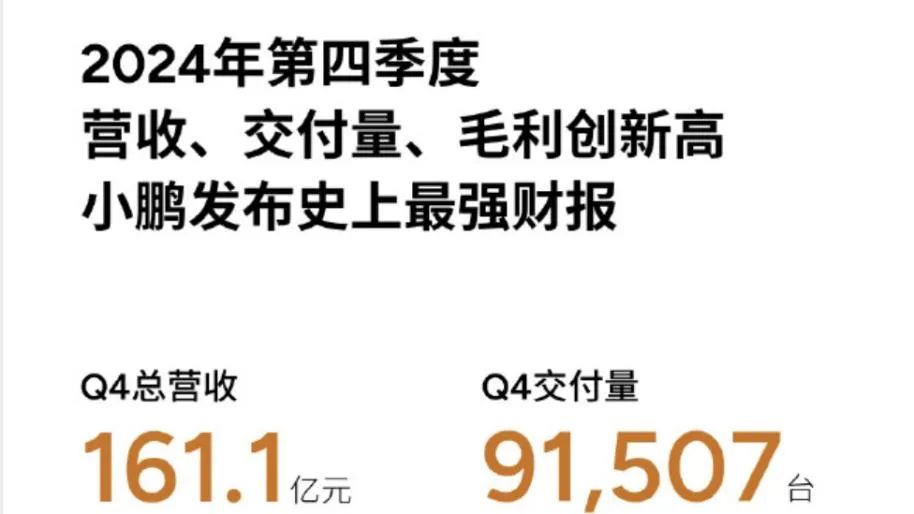
After He Xiaopeng "personally" took over as CEO, the financial report clearly reflected the changes. The company's gross margin and automotive business gross margin significantly improved, and the net loss further narrowed.
After the release of NIO's 2024 financial report, one point that has been criticized is that while NIO's average selling price per vehicle is comparable to Li Auto's, its 11.7% gross margin is lower than XPeng's and even lower than Leap Motor's. In comparison, Xiaomi, which has not been manufacturing cars for long, achieved a gross margin of over 20% in Q4 with a loss of only 700 million yuan.
Under Lei Jun's strong personal aura, a fact that is easily overlooked is that before Xiaomi SU7, there were very few popular pure electric sedans on the market. The high-end pure electric sedan market, where the Xiaomi SU7 Ultra is located, is even more sparsely populated. However, Xiaomi still managed to open up the market despite a cold start.
Li Bin previously said that the price range a brand can cover is limited. At the recent financial report conference, he pointed out again, "We will not merge NIO and Ledao at the store level because the user groups are very different." However, Xiaomi is pursuing technological equality while selling cars priced at over 500,000 yuan.
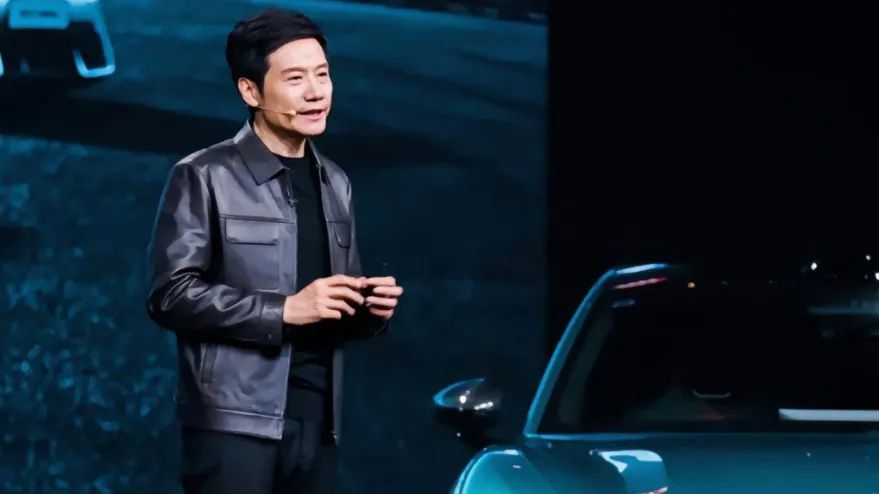
Even some NIO owners have left comments on social media saying that "emotional value is satisfied here with Xiaomi."
At Lei Jun's annual speech in 2024, he said, "How can you build cars without understanding them?" He not only raced himself but also required his senior management team to participate in races. Behind this is not only the full commitment of "personally being the CEO" but also the agile execution of the entire organizational structure. In short, there are too many aspects that new force auto companies can learn from Xiaomi. Last year, Li Auto's market capitalization briefly surpassed Xiaomi's, but now Xiaomi's market capitalization is the sum of NIO, Li Auto, and XPeng.
Facing questions and skepticism, Li Auto chose to learn from Huawei. NIO and XPeng may choose to learn from Xiaomi. Li Bin said that since the beginning of the year, NIO has been promoting comprehensive cost reduction in R&D, supply chain, and sales services. At the same time, it has massively implemented basic business units, enhanced the business awareness of all employees, and improved the return on investment. After a series of reforms, Li Bin said he is confident in achieving the goal of profitability in Q4, which is consistent with He Xiaopeng's expectation for XPeng's profitability timeline.
The boundaries of the moat are disappearing, and no new force auto company has the confidence to say that it has truly made it. For NIO and XPeng, 2025 will be even more brutal, and the battle for "quarterly profitability" will directly determine their rankings and order in the next three years.







